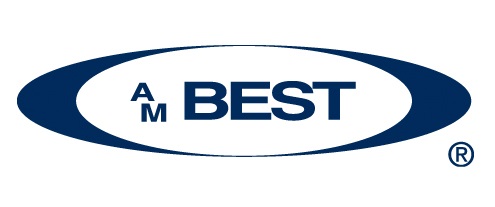According to a new report by rating agency AM Best, despite the significant returns of premiums during the pandemic in 2020, rated U.S. property/casualty mutual insurance companies still managed to grow premium modestly.
 The report shows that net premiums written (NPW) for the rated U.S. mutuals grew by 1.4% last year.
The report shows that net premiums written (NPW) for the rated U.S. mutuals grew by 1.4% last year.
Although the pace has slowed in recent years, these mutuals have seen NPW growth every year since 2010.
The NPW growth in 2020 was mainly due to the market shift from greater personal auto risk to greater homeowners risk, homeowners multiple peril grew $2.5 billion while the personal auto lines declined $2.6 billion.
According to the report, the unique circumstance of the pandemic led to an uncommonly favourable financial shock to the personal auto lines as fewer workers commuted.
Companies used a number of financial methods to get their unforeseen one-time cash flows back to policyholders as effectively as possible, with policyholder repayments classified as underwriting expenses, or in some cases, as premium balances charged off as other income.
Inclusive of policyholder dividends during 2019-2020, the segment reported underwriting losses of $2.3 billion in 2020, compared with $3.5 billion in 2019.
As a result, net income declined in 2020, despite the dramatic increase in policyholder dividends and a $1.4 billion decline in net investment income and realised capital gains from the previous year.
Overall, policyholders’ surplus among the rated population increased by 8.4% in 2020 to $383.1 billion.
The 10 largest AM Best-rated U.S. mutuals accounted for 71% of NPW in 2020. These large companies generally reported higher incurred loss ratios than their medium-sized counterparts, which in turn reported higher incurred loss ratios than those of smaller companies.
While smaller companies tend to pay a greater ratio of earned premiums back to its insureds in policyholder dividends, the large organisations were the main drivers of the considerable increase in 2020, due to their larger automobile books of business.
AM Best notes that while the pandemic’s impact on this segment was muted in 2020, the broad generalisation belies a significant disparity between the experience of the auto and home lines.
Although fewer workers commuted during the worst of the pandemic, boosting personal auto industry performance, the aggregate risk did not disappear.
Instead, according to the report, it shifted to the “new” office at home, and the considerable increase in policyholder dividends observed in the first half of 2020 reflects how quickly the risk landscape shifted between the auto and homeowners lines of business.


